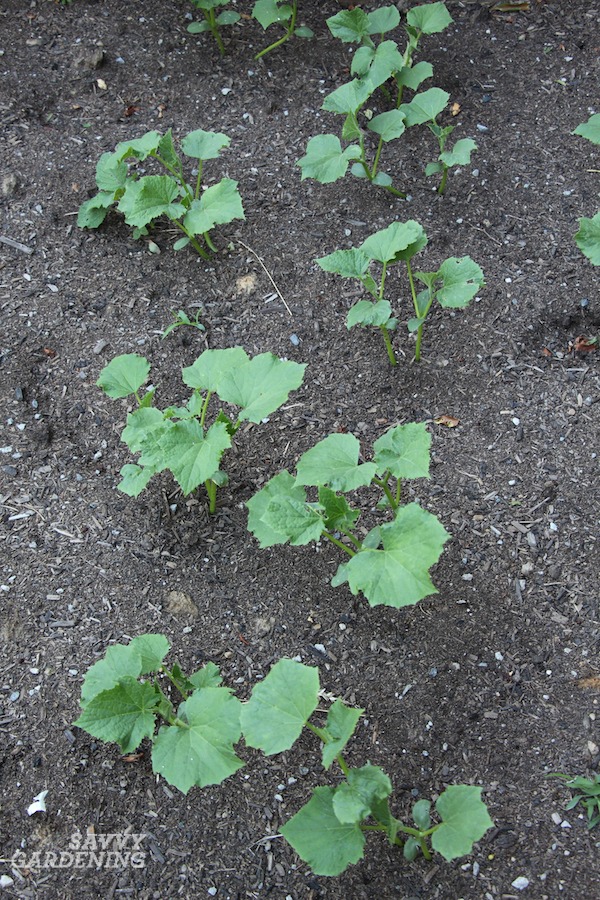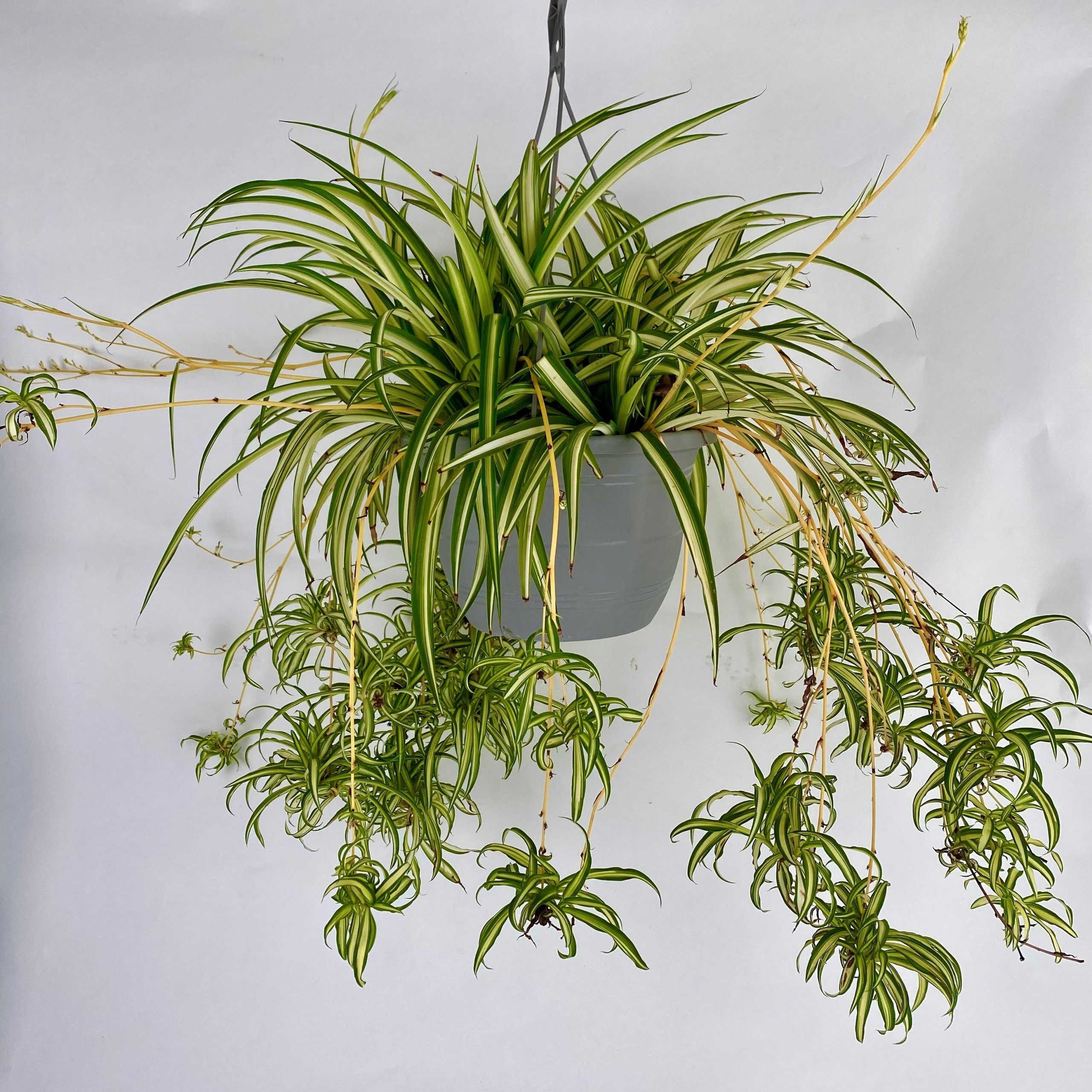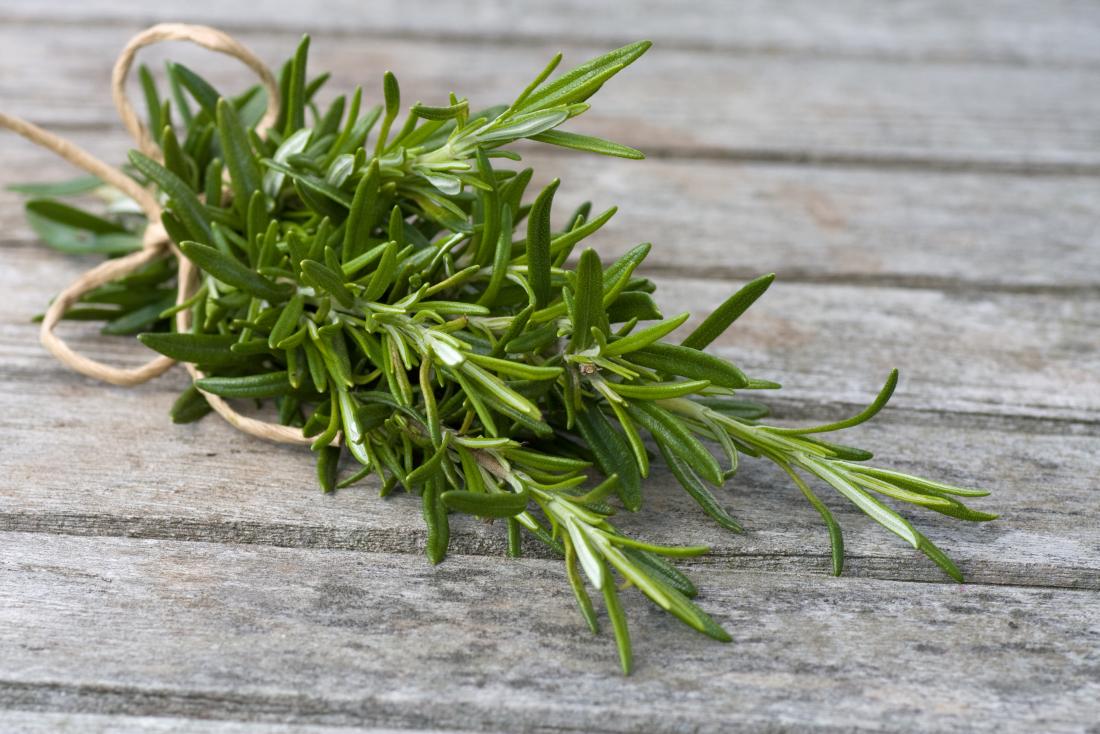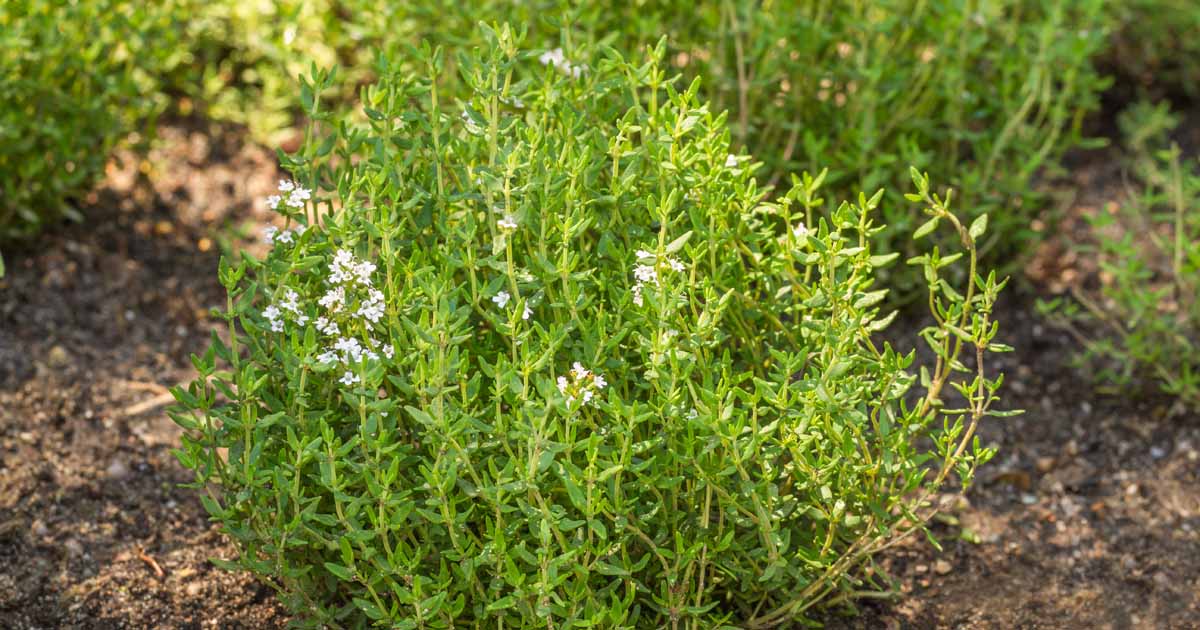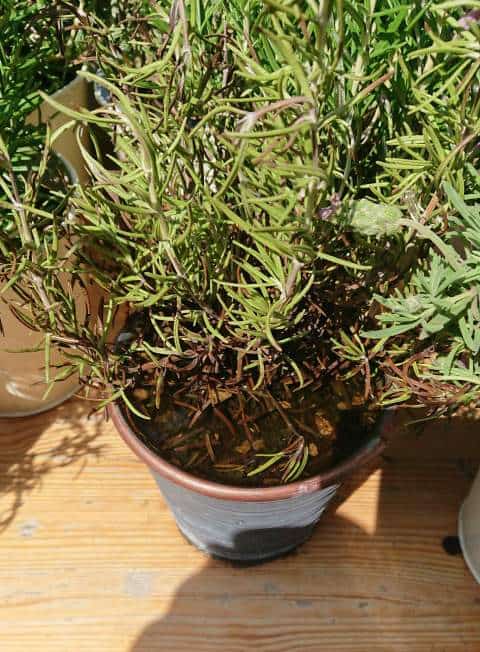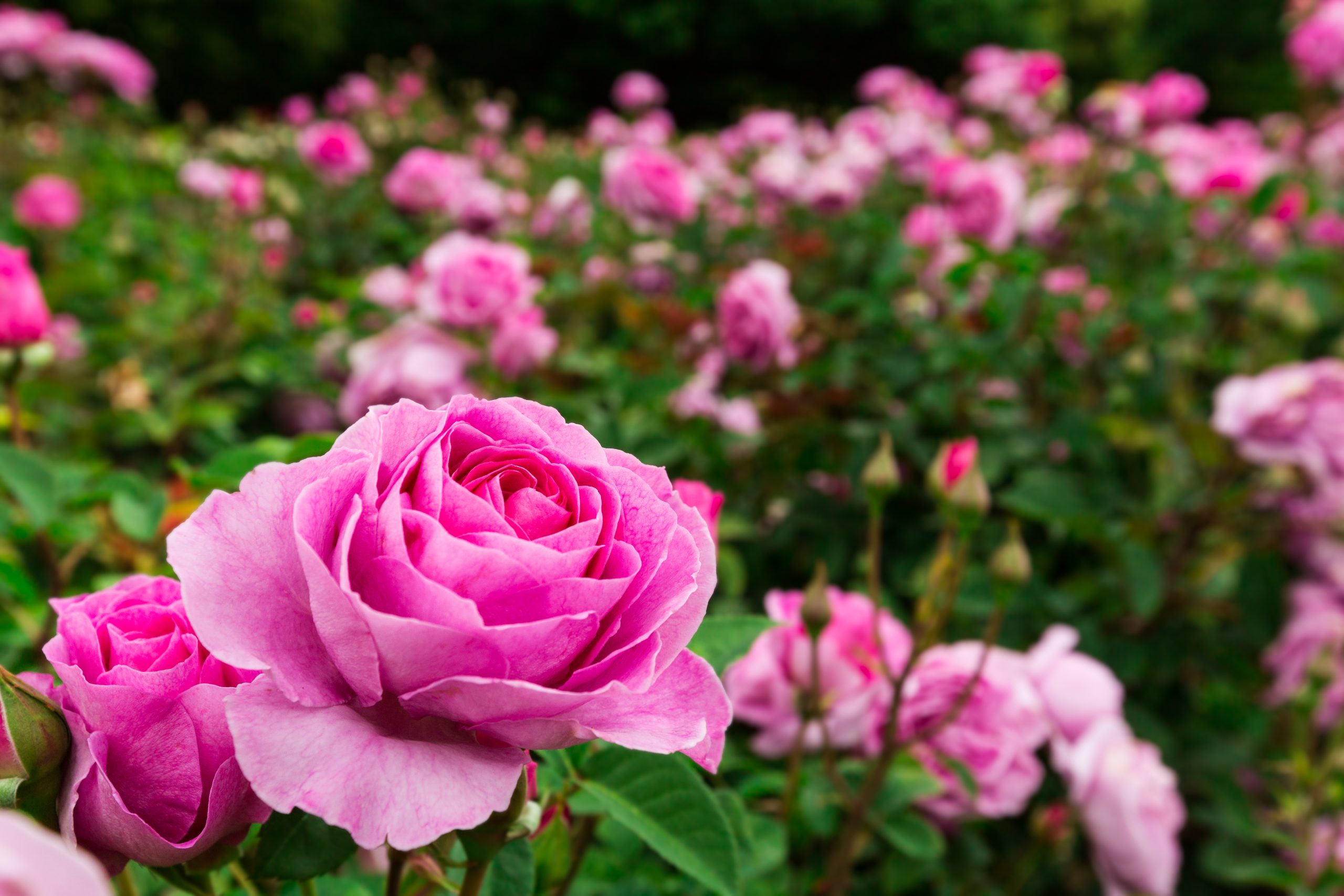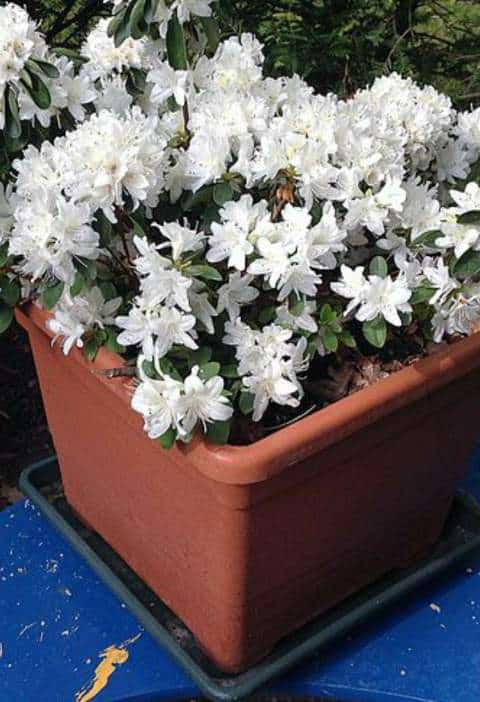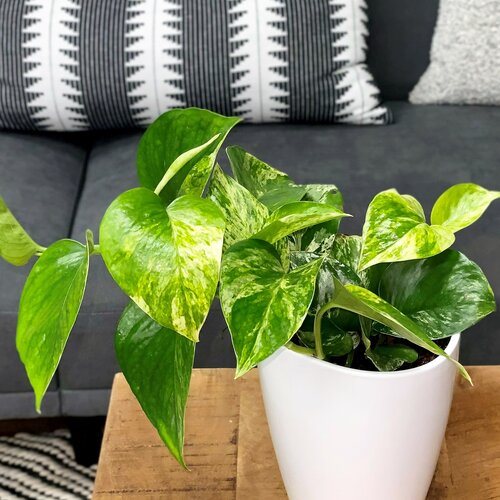Cucumber Leaves Turning Brown: 5 Causes & Cure
Your cucumber leaves may turn brown for a variety of reasons. Is this a cucumber plant growing outdoors, in a pot, or in a greenhouse? Follow the steps in the next section to fix typical leaf issues with your cucumber plant after going through the initial checklist below. Table of Contents Toggle What causes brown …

